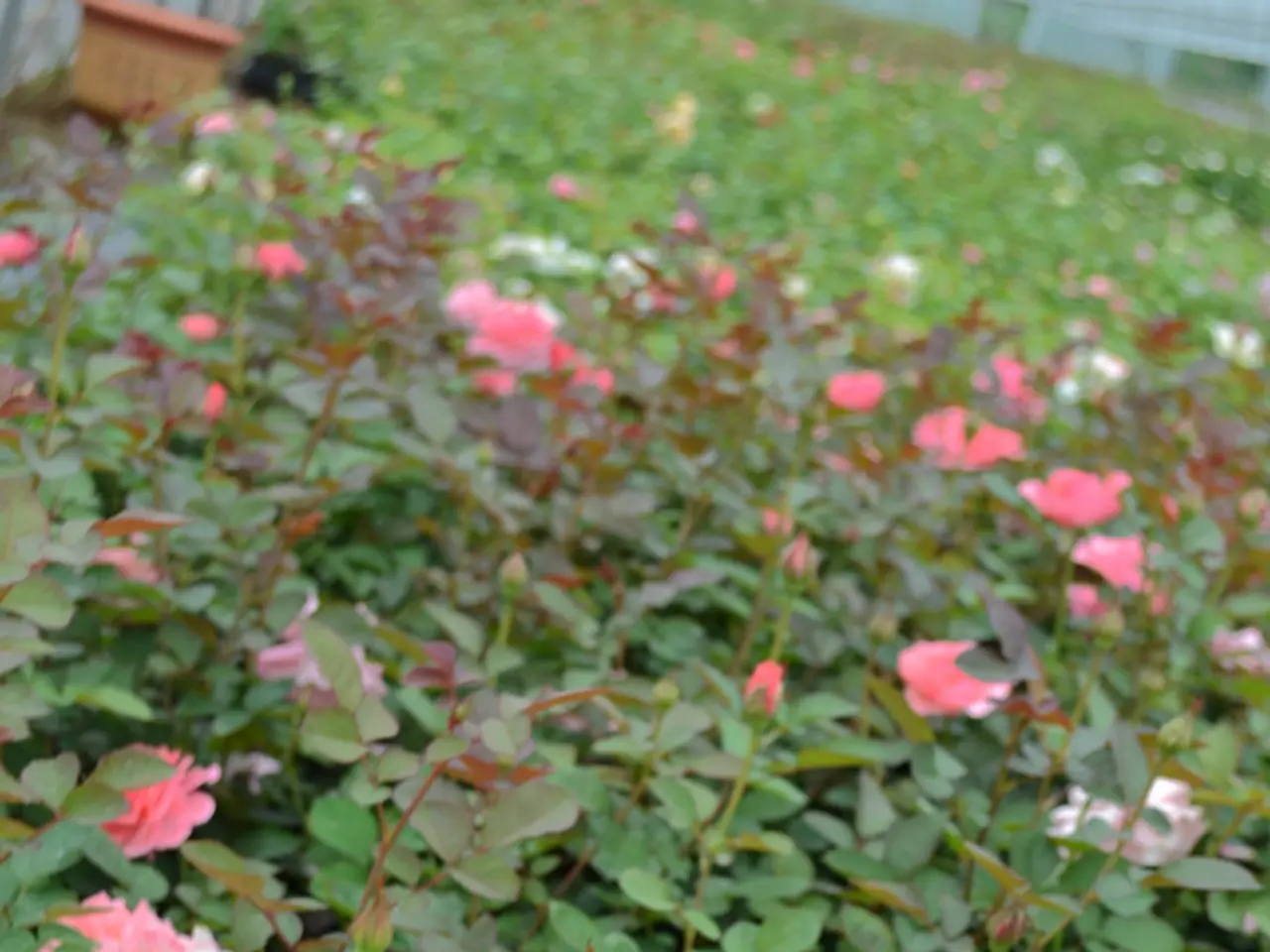Uncovering the Significance behind the Sweet William Blossom: Delving into Dianthus Barbatus Symbolism
==========================================================================
Sweet William (Dianthus barbatus), an old-fashioned garden flower, is a captivating addition to any horticultural enthusiast's collection. Belonging to the genus Dianthus in the Caryophyllaceae family, this charming plant is valued for its colourful clusters of flowers.
History & Folklore
With a rich history steeped in folklore and magical traditions, Sweet William is often associated with love and emotional symbolism. In some cultures, Dianthus species, including Sweet William, symbolize capriciousness due to their diverse colours and patterns, reflecting unpredictability. It also holds a royal association, as white Sweet William flowers were included in Kate Middleton's wedding bouquet, symbolizing purity and remembrance.
Symbolism
- Love and admiration, often used in romantic contexts.
- Capriciousness or unpredictability due to varied appearances.
- Royalty and honour, inferred from its presence in notable royal events.
Optimal Growing Conditions
Sweet William thrives in well-drained soil with moderate fertility, preferring full sun to partial shade. Adapted to temperate climates, it is well-suited for garden borders, rock gardens, and containers. Moderate watering is necessary, avoiding overwatering to prevent root rot.
Commercial Significance
Widely grown as an ornamental flower in gardens and floral arrangements, Sweet William is appreciated for its showy blooms and diverse colours. It is part of the broader commercial genus Dianthus, which includes carnations, highly significant in the florist industry. Sweet William is valuable in landscaping and garden design for its aesthetic appeal and ability to attract pollinators.
Caring for Sweet William
- Prefers temperatures between 65-75°F (18-24°C) and should be shielded from frost or cold snaps.
- Water deeply but infrequently, allowing the soil to dry slightly between sessions.
- Ensuring good air circulation: In high humidity, provide good air circulation around the base of the Sweet William plant to prevent fungal diseases like rust.
- Deadheading faded flowers encourages the plant to produce more flowers and prevents self-seeding if undesired.
- Avoid poorly drained areas when planting Sweet William to prevent crown or root rot.
Propagation and Maintenance
- Sweet William can be propagated via cuttings or seeds.
- Mulching the base of the Sweet William plant protects the roots in zones with mild winters.
- Cutting back the plant after the blooming season stimulates new growth and maintains a tidy appearance.
- In colder areas, container-grown Sweet William plants can be brought indoors.
Leading Commercial Breeders
Commercial breeders of Sweet William include Ball SB, Danziger, Selecta One, HilverdaFlorist, Sakata Ornamentals, and Takii & Co., leading global breeders of this beloved garden flower.
Sweet William combines historical and cultural significance with practical horticultural value, making it a popular and meaningful plant in both gardens and floral commerce. With its diverse colours, charming symbolism, and easy-to-care-for nature, Sweet William is a delightful addition to any garden or floral arrangement.
- Sweet William, known for its historical and cultural significance, is also popular in the floral commerce industry due to its diverse colors and easy-to-care-for nature.
- In a unique fusion of art, design, and lifestyle, Sweet William flowers have been incorporated into various home-and-garden events and floral arrangements.
- Apart from Sweet William, the broader commercial genus Dianthus includes perennials such as carnations, which hold significant importance in the florist industry.
- Aside from its aesthetics, Sweet William is appreciated for its ability to attract pollinators, making it a valuable addition to any home-and-garden events focused on sustainable living.
- In addition to traditional garden borders and rock gardens, Sweet William plants are also suitable for contemporary landscape designs, blending seamlessly with other perennials and plants.




